20th century haute couture
Poiret, Vionnet and Chanel: the pioneering figures of 20th century fashion
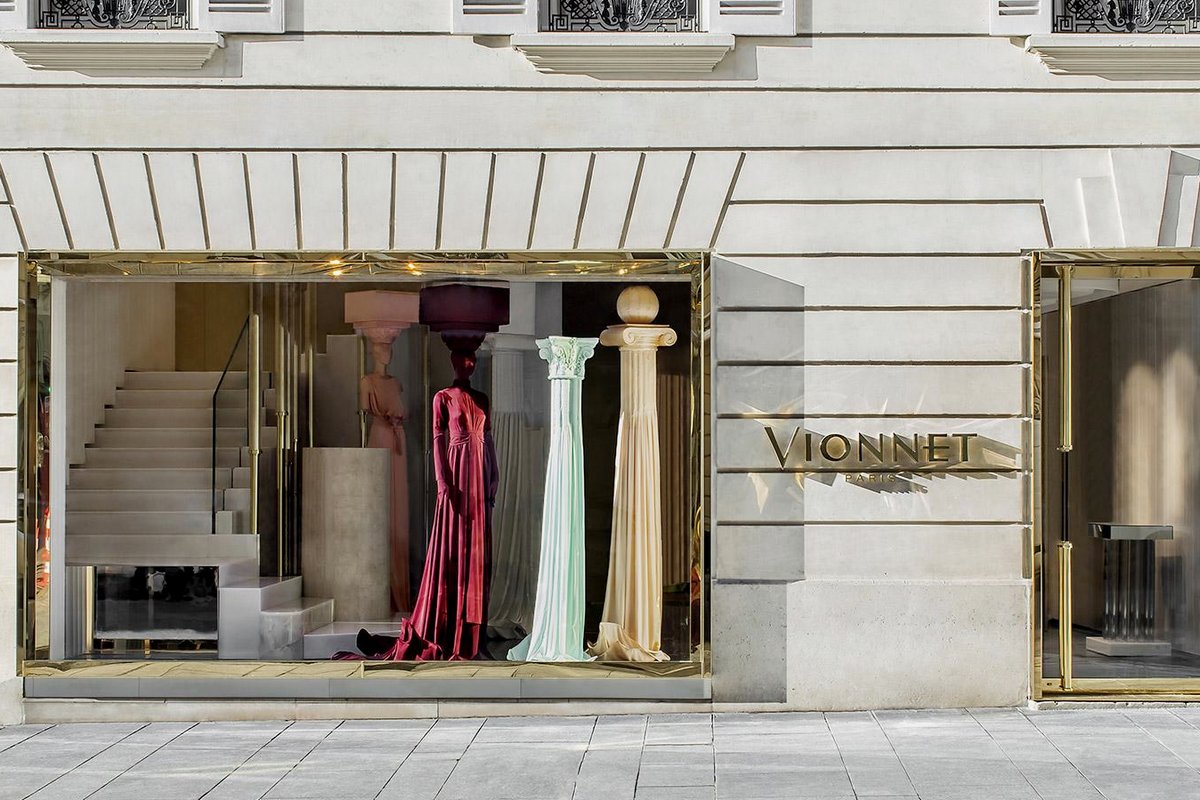
The legacy of the 18th century
To understand the origin of haute couture (1) which appeared in the middle of the 19th century, it is first necessary to look at 18th century fashion (2). This finds its origin in the quintessence of luxury and is strongly inspired by antiquity, but above all, the golden age of the renaissance.
The luxury (3) which is at the heart of this fashion, presents feminine clothes loaded and amplified with restrictive accessories and which make wearing these dresses most often uncomfortable. The 18th century corset, to name just one major accessory of these outfits, is the woman's essential undergarment to achieve the fashionable "conical" silhouette.
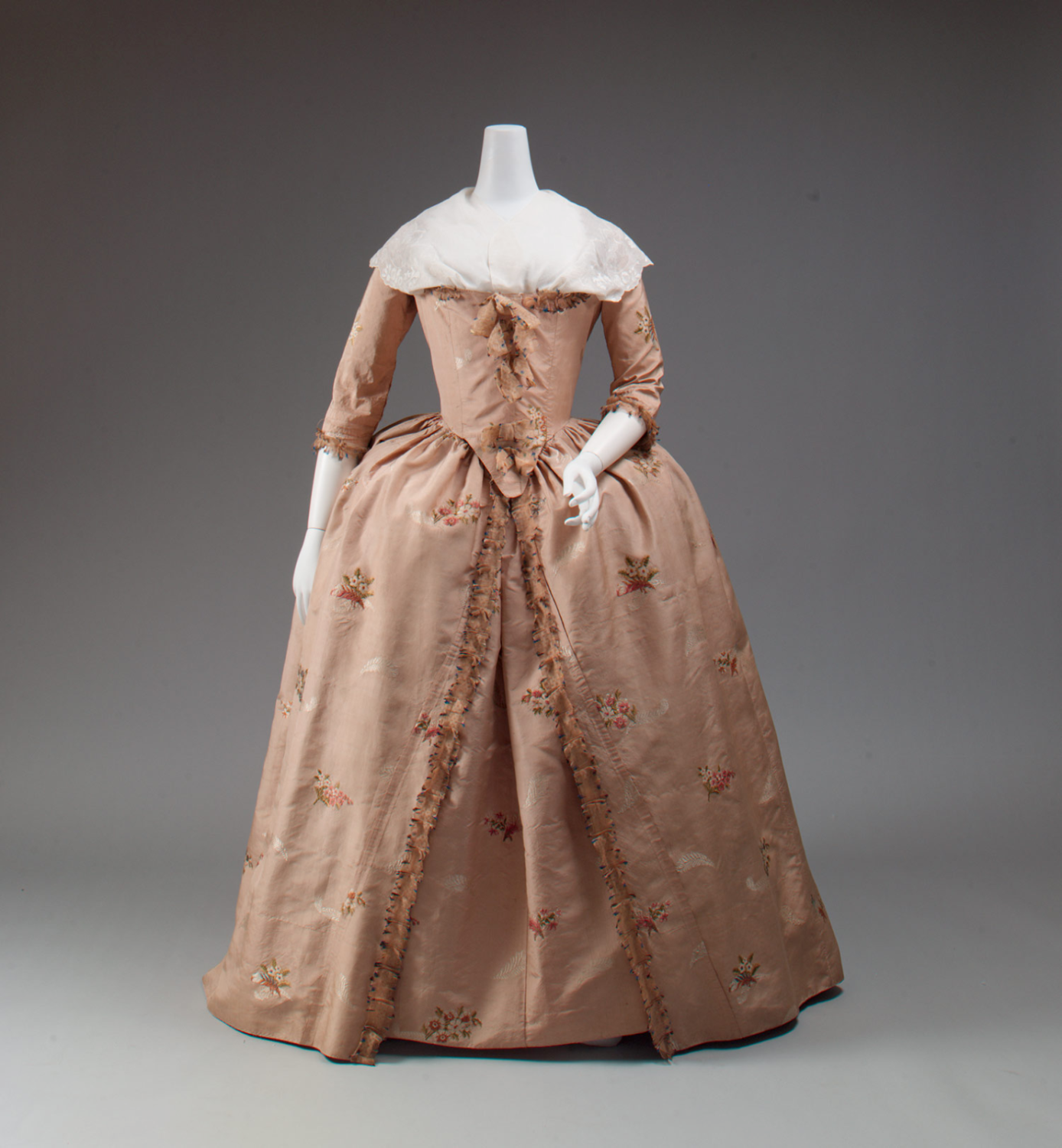
Rigid and tight, it is arguably the most constricting form of corset ever worn. And yet, at the time, it was all of Europe that dressed in “French style”.
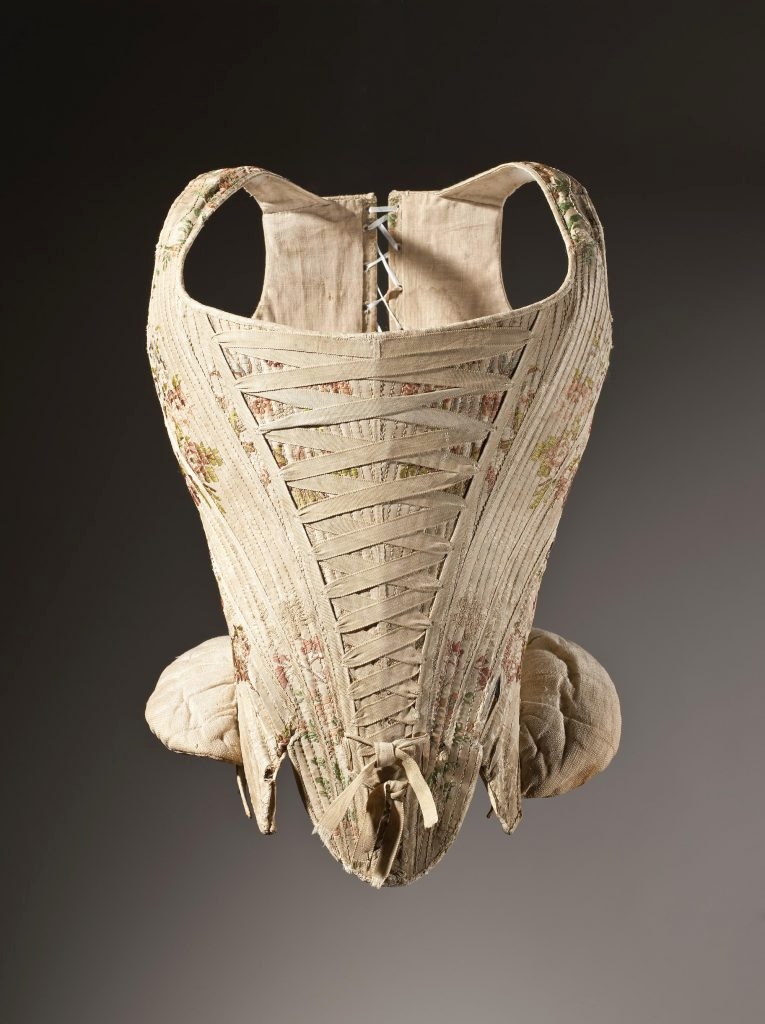
(1) Haute couture, legally protected since 1945, designates a French tradition, a symbol of luxury, excellence and know-how. Haute couture clothing is made to measure, most often for very prestigious clients.
(2) Manner of dressing, at a particular time, in a particular place
(3) Luxury is defined as the “character of what is expensive, refined, sumptuous”
The 19th century, a fashion for opulence
19th century fashion in line with the 18th, offers dresses adorned with details and made up of a multitude of thicknesses with an explicit search for opulence. They are also accessorized with jewelry and hats that reflect a pronounced taste for luxury and only reference the fashion of the past.
The paintings of Ernest Leduc, a Parisian designer, bear witness to this. The mix of colors and details of these dresses historicize the Belle Epoque and captivate us with their beauty and complexity.
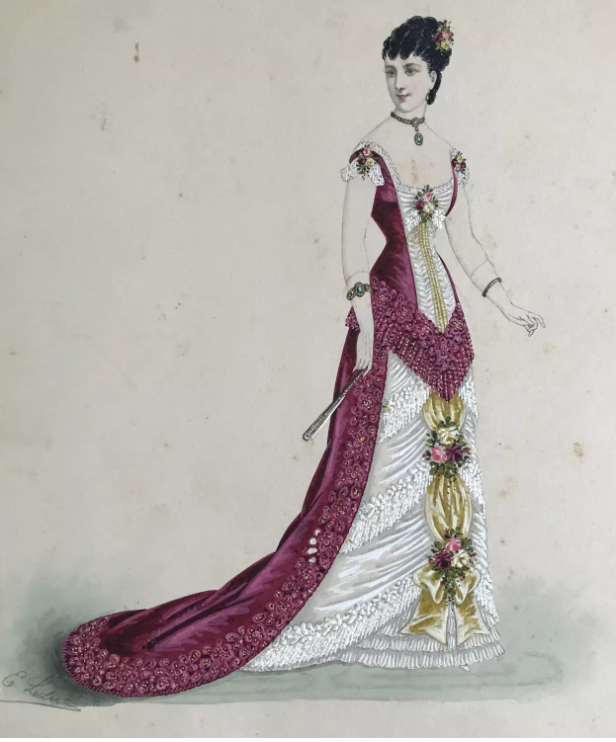
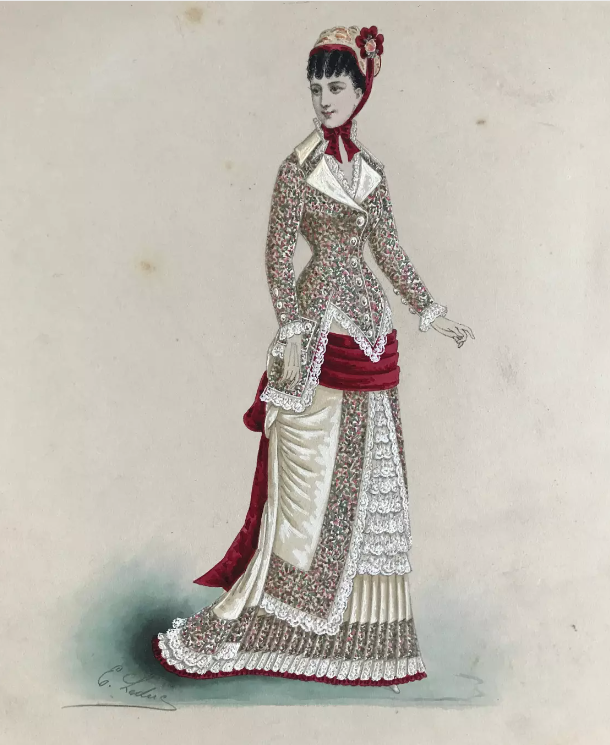
It was only during the “Belle Epoque” that haute couture shifted with fashion pioneer Paul Poiret (1879-1944). First of all assistant to Jacques Doucet, he set up on his own with a concern for practicality in his creations in line with the new occupations of women: sport, cycling, sea bathing, more frequent trips... We also owe him the invention of the bra and the abandonment of the corset.
Entering the 20th century, a time of change
With Paul Poiret, liberating artist, women can swap their corset for a much lighter and more pleasant underwired lingerie. A change that popularizes a new silhouette, in which the body is more refined while bringing new comfort to the wearing of dresses. A recognized designer of the Belle Époque, his fashion house attracted socialites and women from high society.
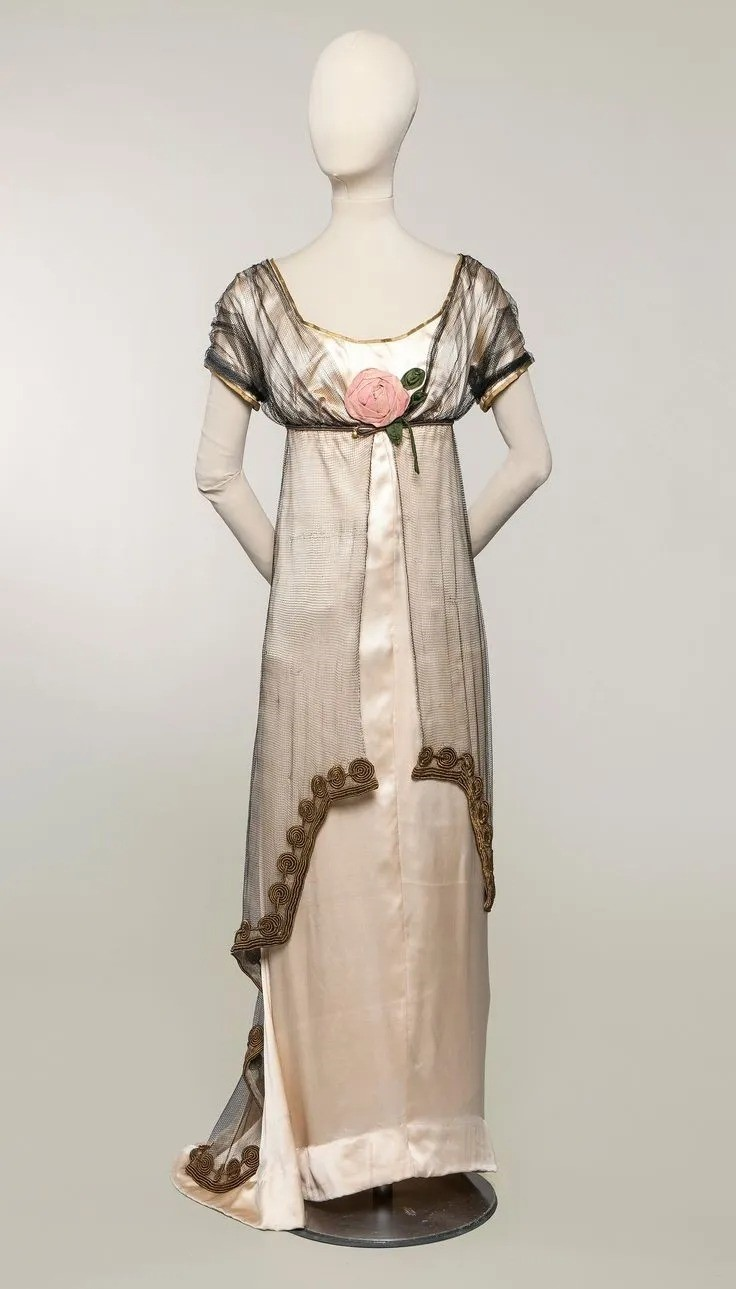
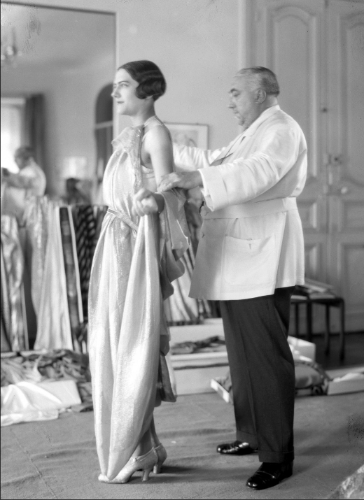
A little later, thanks to the support of Paul Poiret, Madeleine Vionnet (1876-1975) will in turn join Jacques Doucet. Unknown to the general public, Madeleine Vionnet is a true reference for today's great designers. Just like Paul Poiret, she abandoned the corset and, above all, endowed with great refinement, drew her inspiration from antiquity. His dresses, cut on geometric bases, are intended to be light and pleasant and will earn him the nickname of "Euclide of fashion".
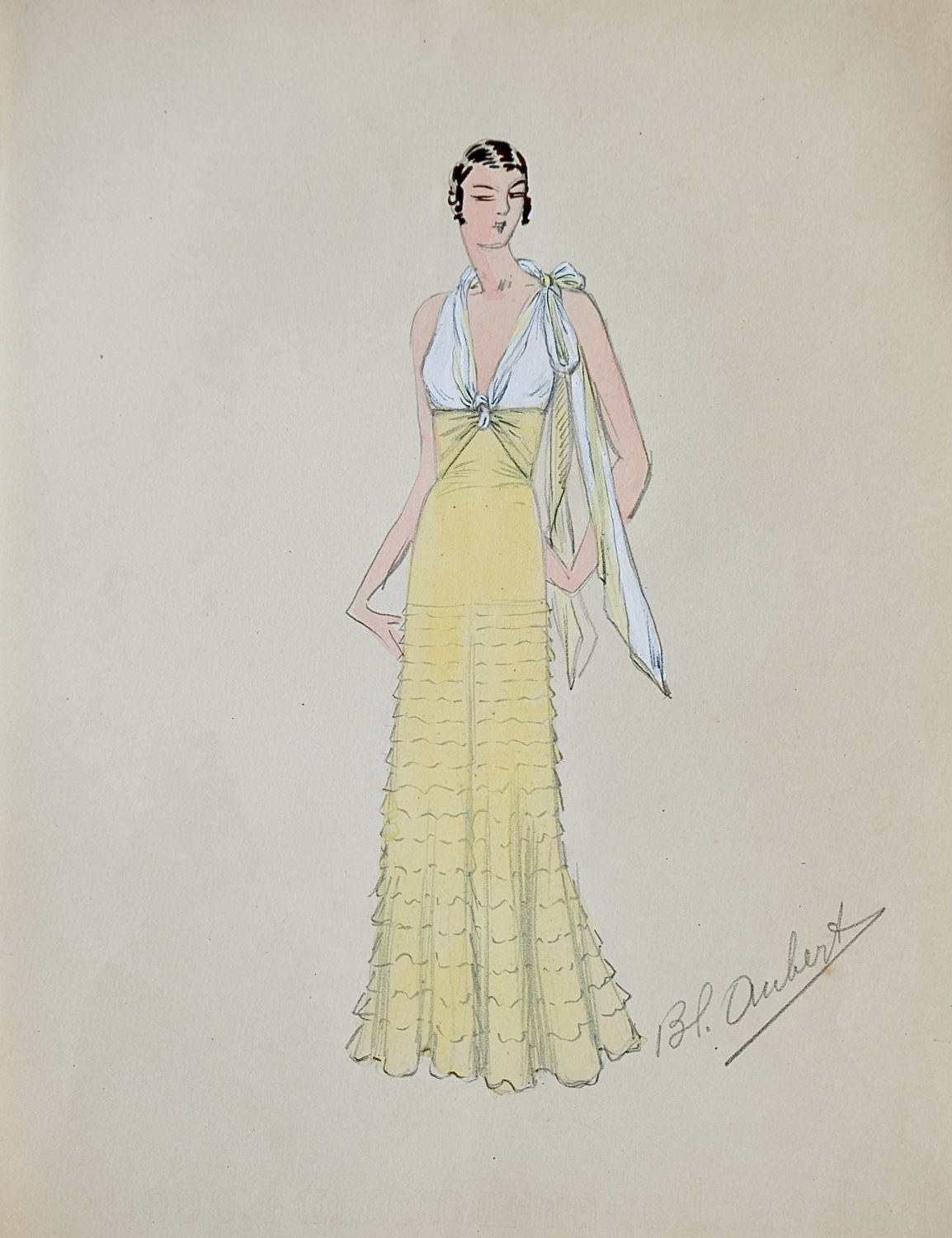
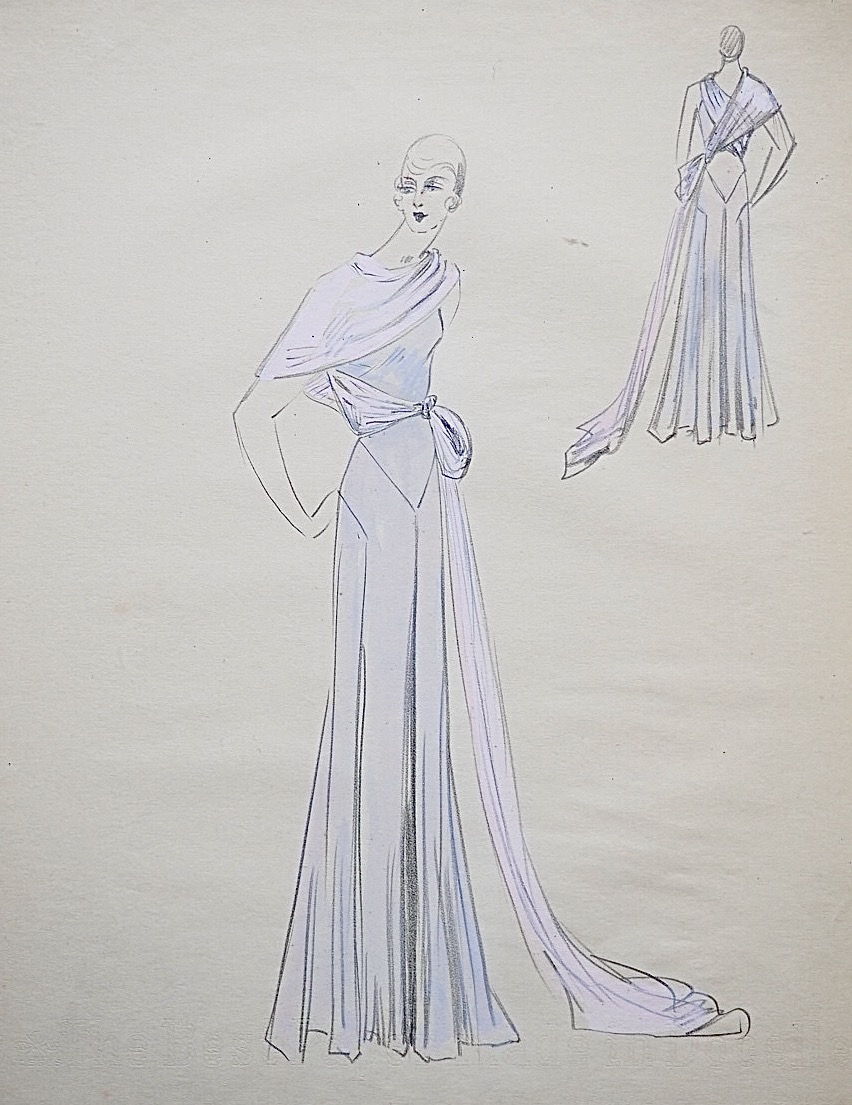
The latter quickly found its audience: women without prejudice, active, with short hair and who smoked.
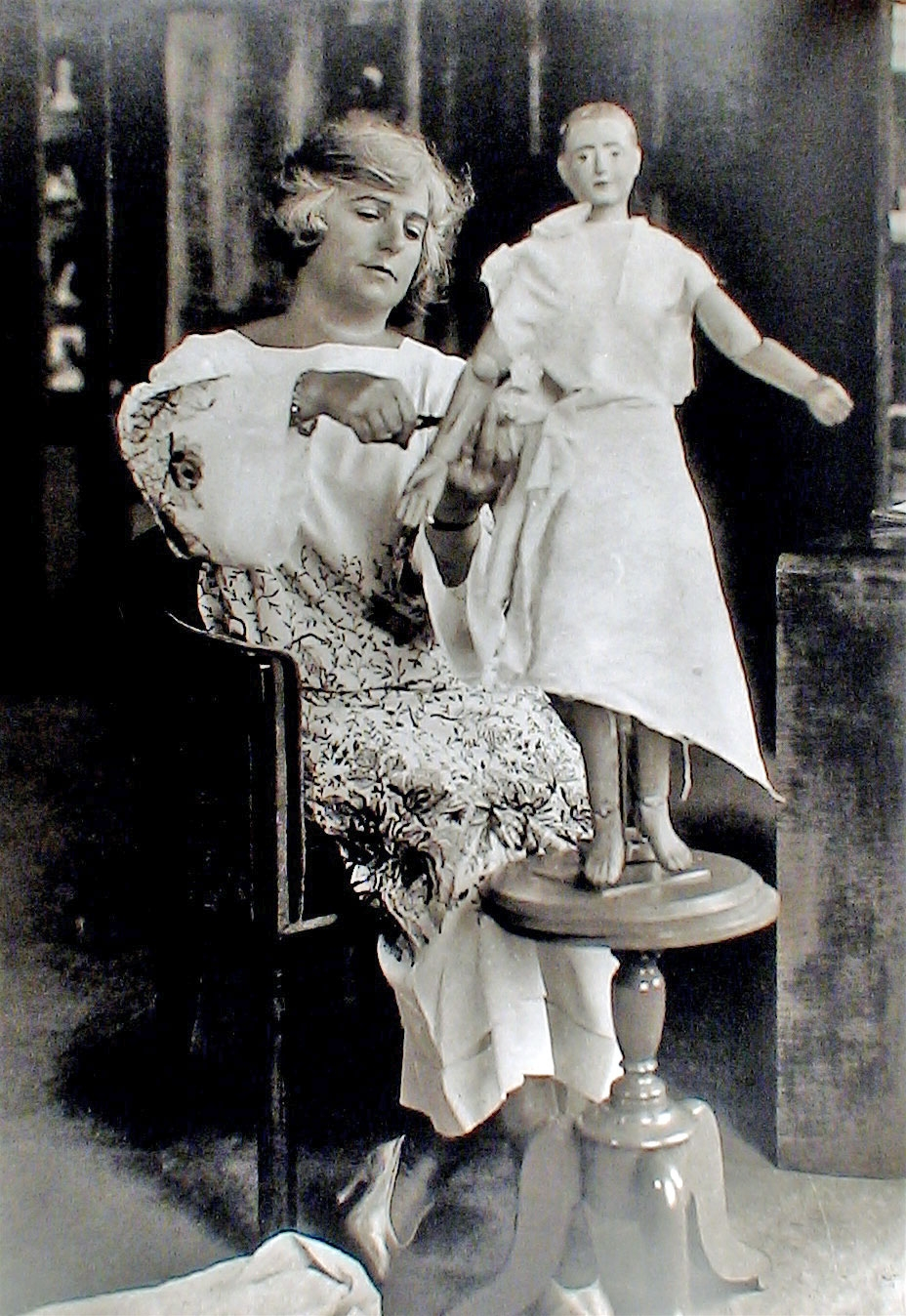
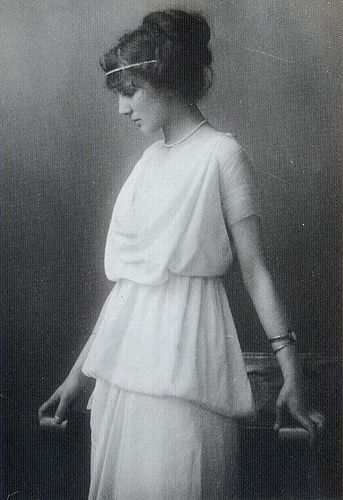
Madeleine Vionnet is also interested in making jewelry, brooches or even scarves to accessorize her outfits.
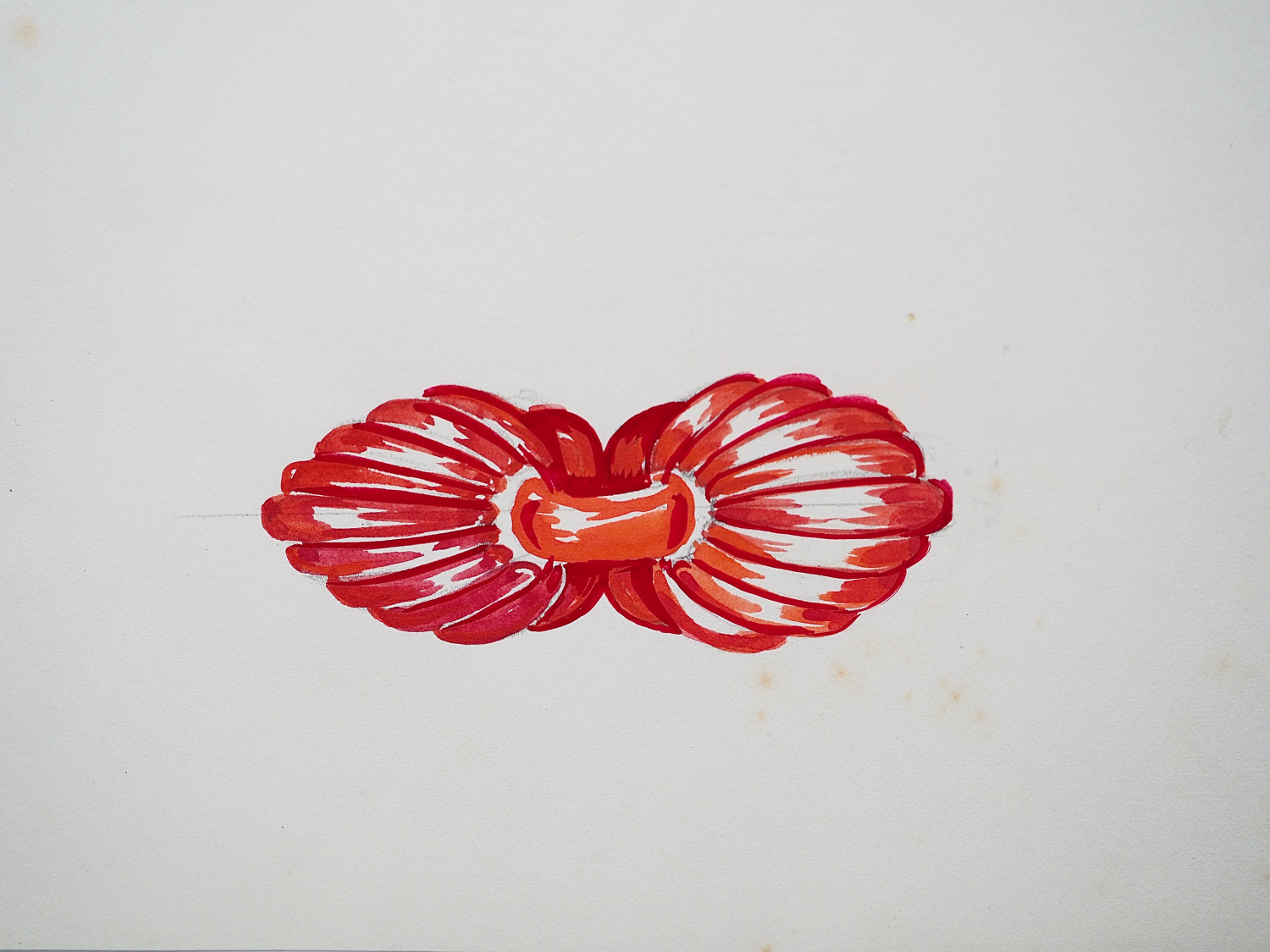
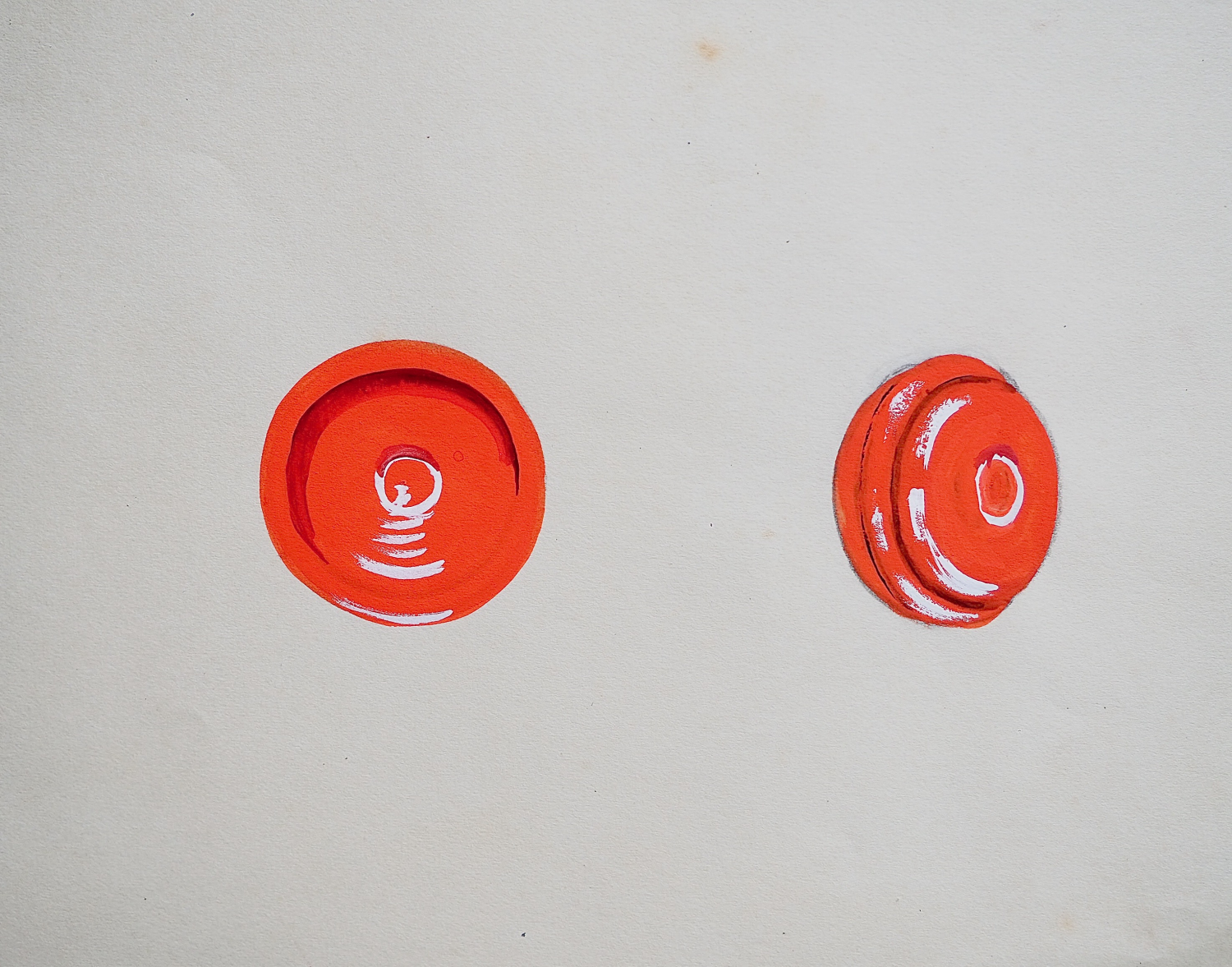
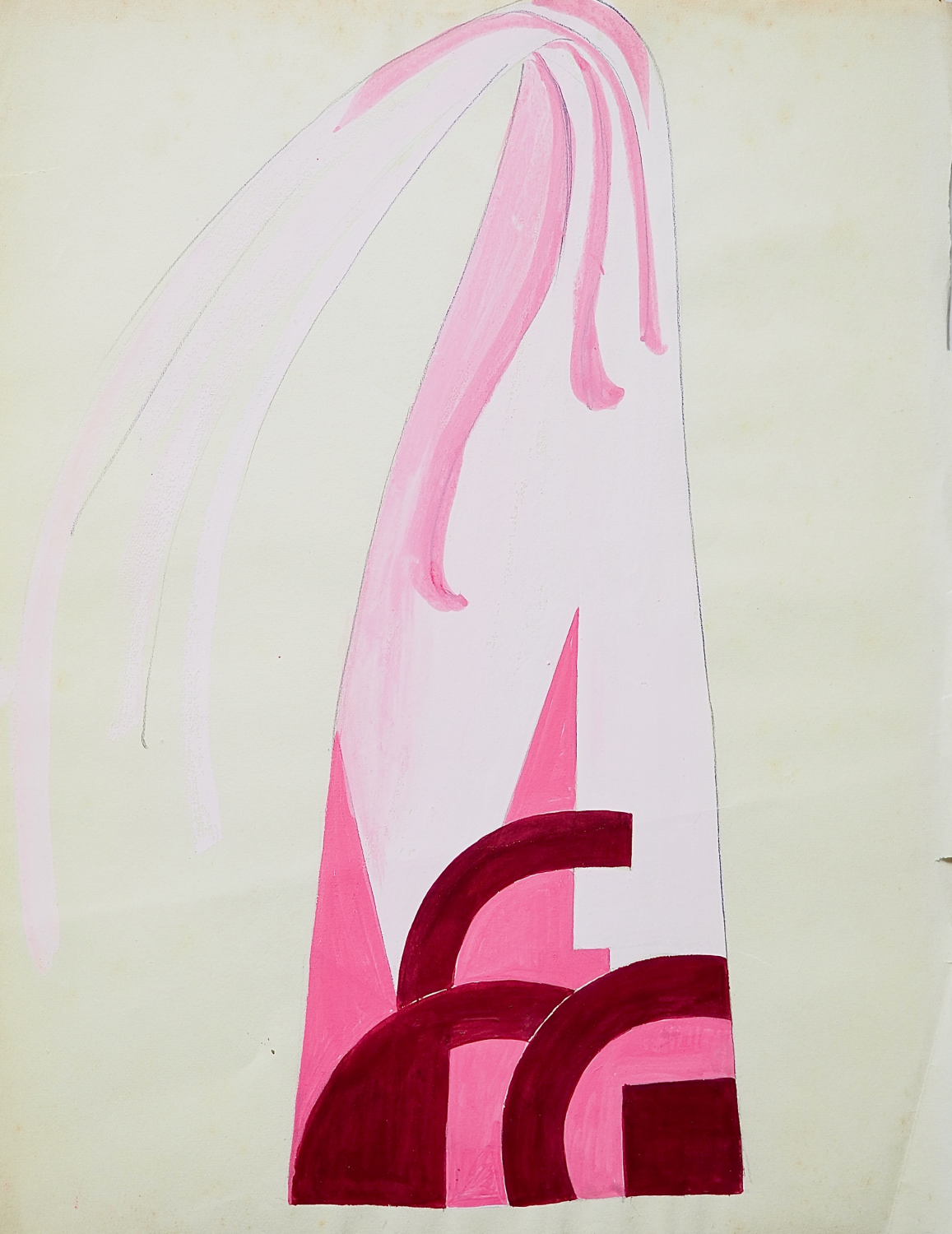
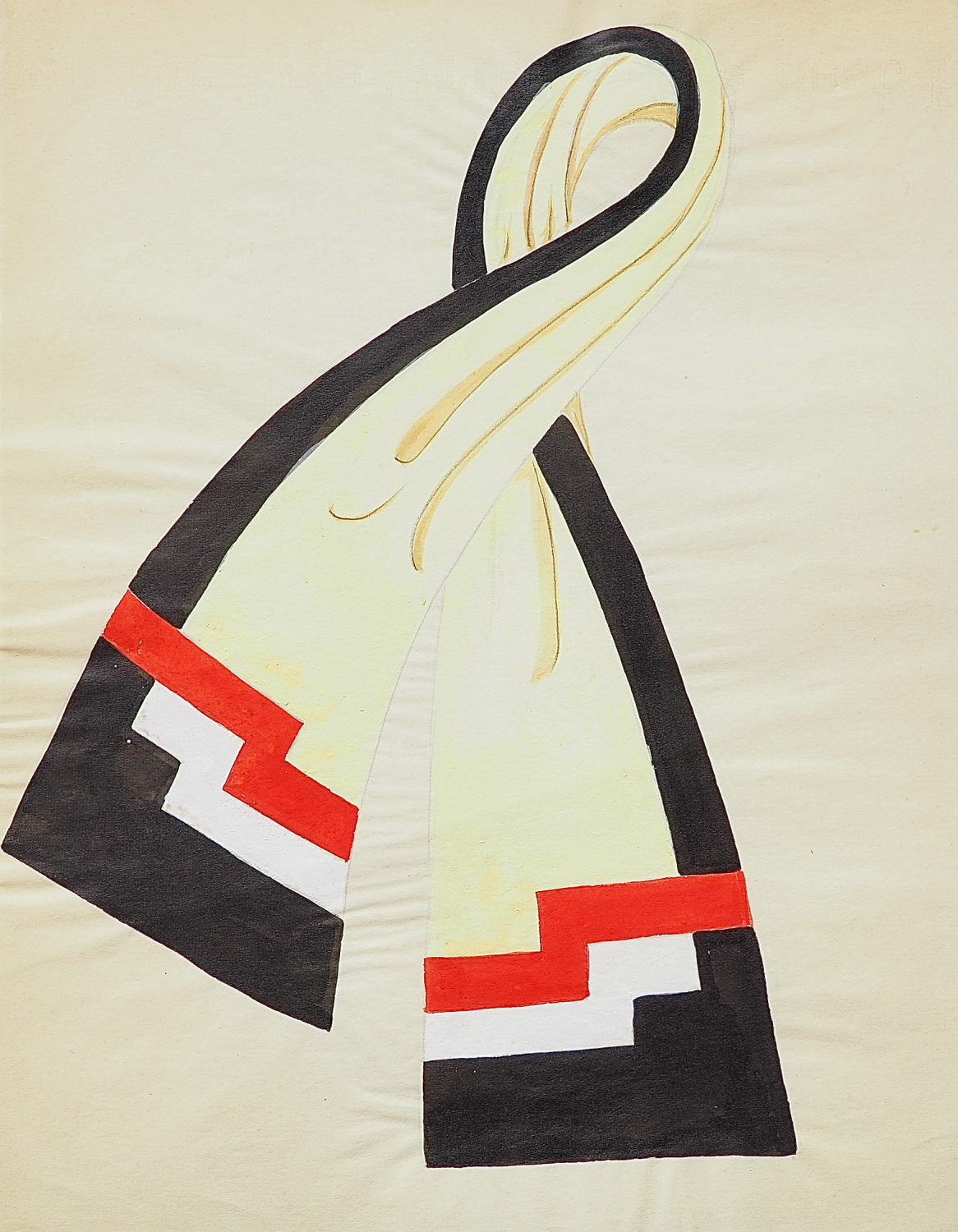
Among the great couturiers like Poiret or Vionnet who participated in these great upheavals in fashion at the start of the 20th century, we obviously find Coco Chanel (1883-1971).
The 20th century, a protesting and innovative fashion
A timeless figure in fashion, Coco Chanel has succeeded in making her name a true reference in this field, becoming the embodiment of female emancipation. Simplicity being for her the very definition of elegance, her creations mark a break with the opulence of previous fashions. By drawing her inspiration from the men's wardrobe, she is considered an avant-garde woman in every way. Her vision of fashion embodies the new generation, echoing the fight of the suffragettes in the post-war context.
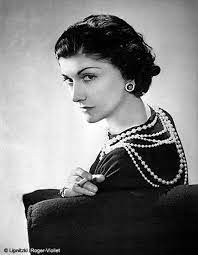
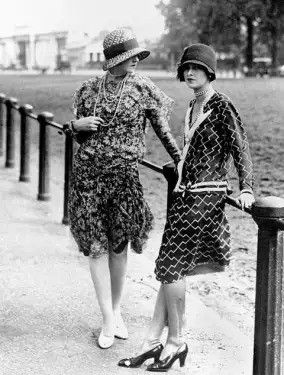
The haute couture of the 20th century is therefore made up of changes and participates in a modification of mores by intermingling men's fashion with women's fashion. A shift that leads to the premises of androgynous fashion as we know it today. The haute couture of this time is above all a critical discourse of mediatized fashion, but also a protest response.
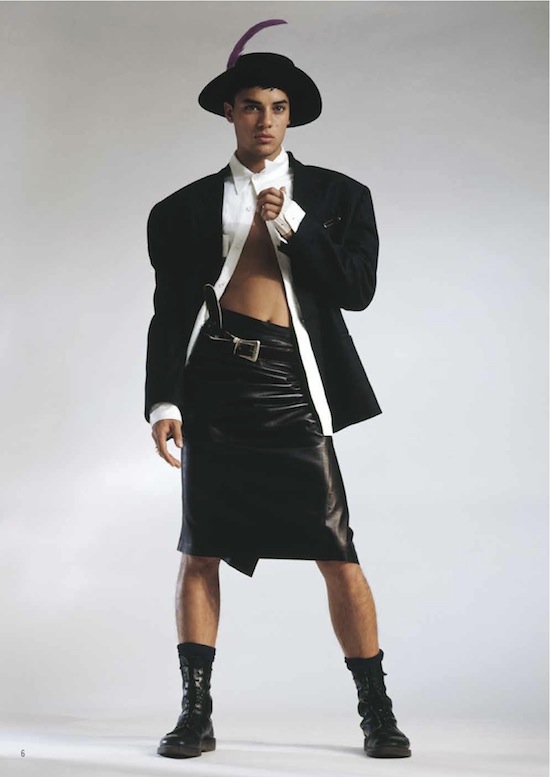
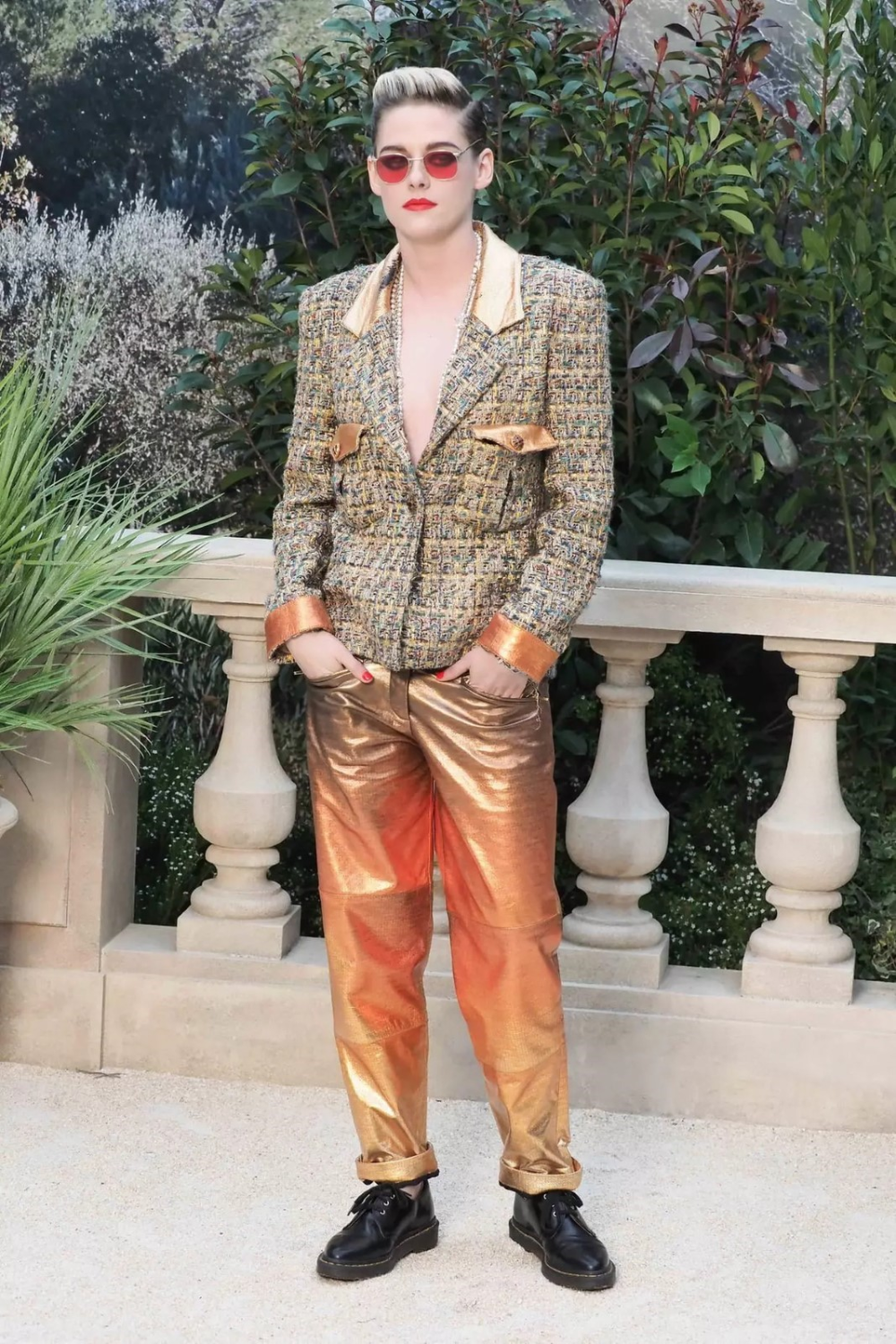
The 20th century designer therefore had to assimilate the creations of his elders in order to innovate better, while keeping the faithful identity of the house he represented. A way of proceeding that is still in question today. Isn't fashion, like art, an eternal restart ?
| The administrator of the site is online now! |